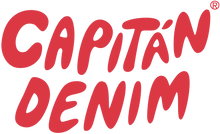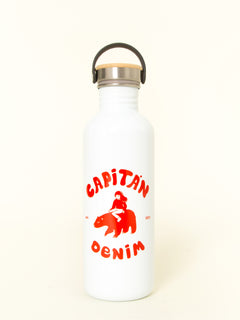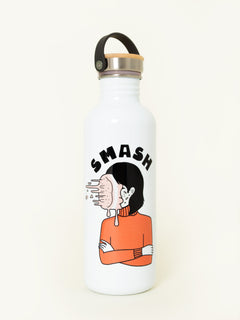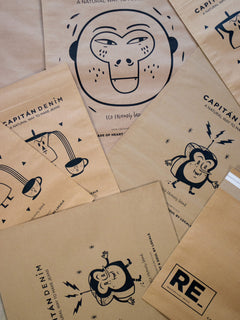Glossary
If you are a little confused with the terms used in the world of jeans, here we detail some of them, the most common and used when describing the cut, the silhouette or the finish.
- Slim-fit: Those whose fit is cinched mainly in the butt and thighs, leaving the other parts of the body slightly looser.
- Regular: Features a slim fit through the butt and thighs; however, it differs from the Slim cut because, unlike the latter, the Regular is loose in the leg area.
- Relaxed: This garment is looser from the waist to the legs (of course including the butt and thighs); however, such a concession falls short of being baggy.
- Loose: They are those jeans that are characterized by an extremely loose fit from the waist, butt, thigh and down the leg. On numerous occasions, it is usually accompanied by external pockets, which give it more volume.
- Boot Cut or Boot Cut: They are those whose cut is slim from the top of the hip and down to the knees, an area where they flare slightly (without expanding excessively). They get their name because they are ideal for wearing boots inside jeans.
- Skinny leg: The famous skinny jeans or skinny pants are characterized by an extremely narrow cut along the entire leg, significantly adjusting it.
- Jeggings: It is a mix between Jeans and leggings. In effect, they are elastic jeans at the waist and along the leg. They fit perfectly to the silhouette like tights.
- Straight leg or straight leg: They are characterized by their uniform cut throughout the length of the garment, adjusting proportionally to it in each part.
- Boyfriend: Boyfriend jeans are the ones you might have stolen from your boyfriend: wide-leg, low-rise, and usually with a bottom hem and the occasional rip. They are feminine, but essentially.
- Girlfriend: This is a more feminine version of the boyfriend. They generally have a higher rise, are fitted at the waist and straight cut. They leave the ankle in the air.
- Cropped, or ankle-length: Jeans with a rather short length that expose the ankle. You will also see them as 'ankles', 'ankle jeans' or 'capri'.
- Culotte: These are straight pants from the waist to the bottom, with a wide leg.
- Flare Jeans: These types of jeans widen markedly as they pass the knee. Like the bootcut, they will always be more stylized if they are raised by a couple of centimeters, so that the bell completely covers the shoe.
- Push-up: Reinforced elastic jeans in the butt area to make it look perfect. They usually have two pockets to emphasize the visual effect.
- Flare Cropped: A mix of flare and cropped: it leaves the ankle in the air, is tight along the thigh and flares slightly at the bottom.
- High Rise: They are those jeans that have a high waist, so they fit in the natural line of the waist and back, you can find them in all fits.
- Low Rise: Low -rise jeans, that is, they fit below the natural line of the waist and rear or even in the hip or low hip area, you can find them in all fits.
- Wash: Generally refers to the shade of the pant and will appear as 'light', 'medium' or 'dark', although you can also specify the techniques used to modify the classic indigo blue jean, such as a soft wash, stone wash, fade…
- Ripped: Literally, "torn pants" at some point, or in some area.
- Denim: Denim is the designation for denim, also called denim. The denim or denim fabric is a fabric used in the manufacture of work clothes. Although there is no unanimity about its origin, various studies indicate that it emerged in Europe during the Middle Ages.
- Selvedge: The reinforced edge of a roll of denim fabric, woven so that it does not unravel. This super-durable edge is highly preferred when making custom designed jeans.
- Stone wash: Stones (usually pumice) added to the wash to soften the fabric.
- Used: It is a term that is used to describe a treatment that is carried out on the jeans, which simulates the wear produced by use.



